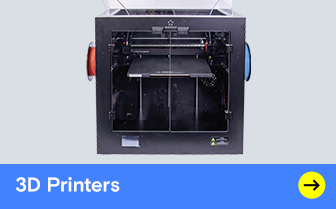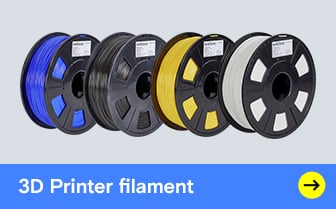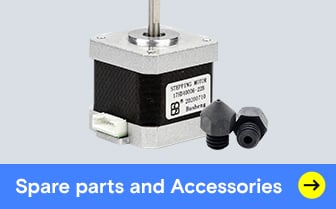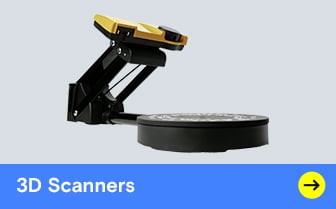Popular categories:
All products
Current offers
Highlights
3D Printers
Filament & Consumables
Spare parts & Accessories
Guide
3D Printing-Guide
Find out useful, interesting and important information about 3D printing. We explain which printers are available, what the differences are and what you should consider when choosing your 3D printer.




